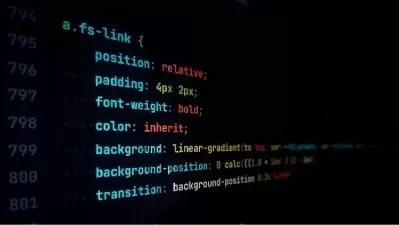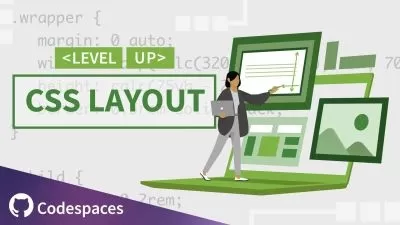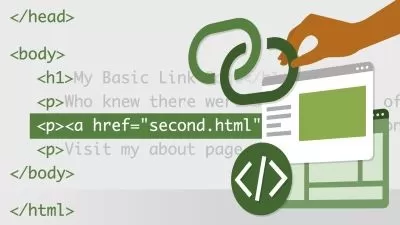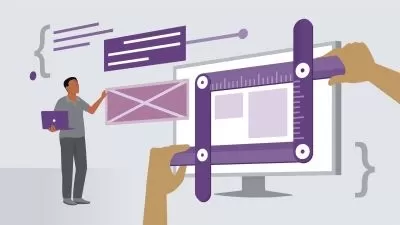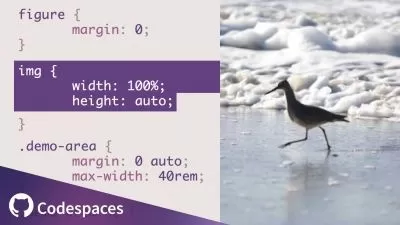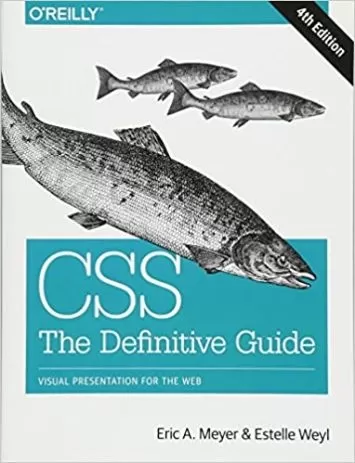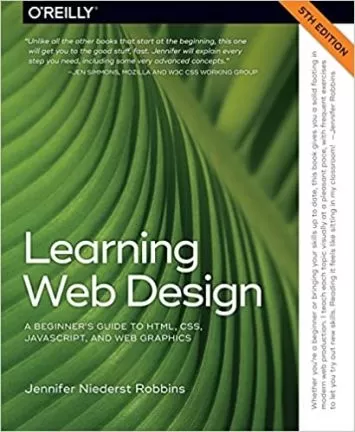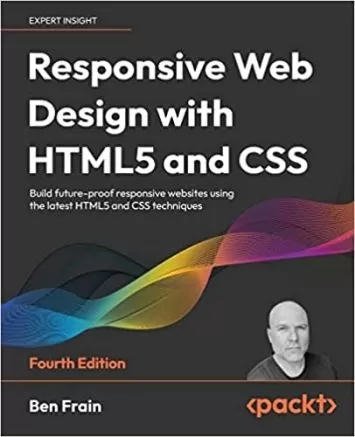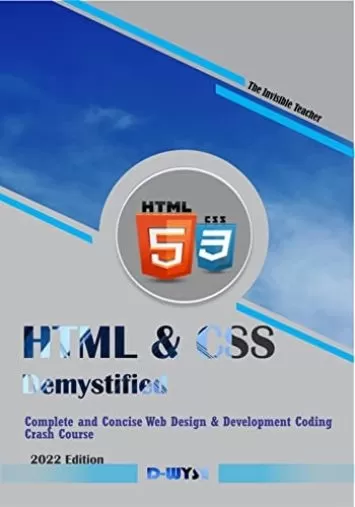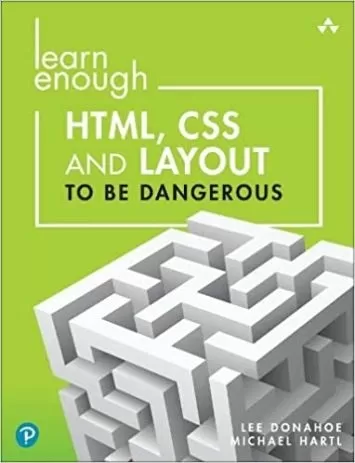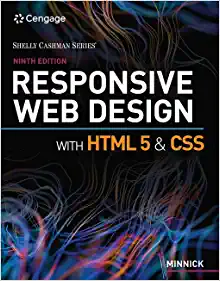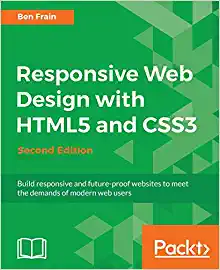About CSSLearn More
Consider the devices that you use to access the internet on a daily basis. You’ll notice that there isn’t a standard screen size. Without CSS, rendering a website’s text, layout, and design for these discrepancies in screens would be impossible. CSS is the backbone of all website styling work, and is rightfully considered a cornerstone of internet technology.
Sort by:
Sorting
The newest
Most visited
Course time
Subtitle
Filtering
Courses
Subtitle
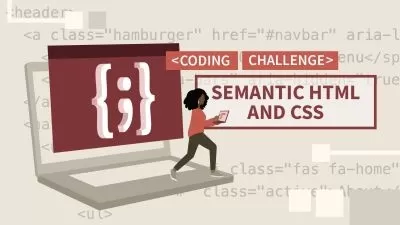
Linkedin Learning


Jen Kramer
Coding Exercises: Semantic HTML and CSS 33:27
English subtitles
02/11/2025
Subtitle
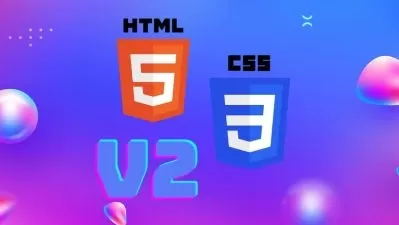
Udemy
 2024 UPDATED - HTML5 Elements & CSS3 Properties Bootcamp, V2
2024 UPDATED - HTML5 Elements & CSS3 Properties Bootcamp, V2
 2024 UPDATED - HTML5 Elements & CSS3 Properties Bootcamp, V2
2024 UPDATED - HTML5 Elements & CSS3 Properties Bootcamp, V2 17:19:51
English subtitles
11/02/2024

Udemy


Fabian & Pavel Coding2GO
Learn HTML and CSS in 7 Days | Web Developer Bootcamp 5:47:42
09/11/2024
Subtitle

Linkedin Learning


Jen Kramer
HTML and CSS: Creating Navigation Bars 2:17:20
English subtitles
09/11/2024
Books
Frequently asked questions about CSS
CSS or Cascading Style Sheets is a style sheet language used to style markup language. Markup languages include HTML, XHML, XML, and other XML-based languages. The most common use of CSS is to style HTML web pages. Although HTML doesn't need CSS to function, every web page would look the same without it. With CSS, you can target specific elements in a web page and change the look and arrangement on the page. CSS can make an embedded image small or cover the entire webpage as a background. You can enlarge a heading and apply a specific font to stand out from the rest of the page. Other things you can do with CSS include changing the color of elements, making elements float to one side of the page, and the list goes on. Every web page uses HTML, and every web page that has its unique look uses CSS.
CSS applies to any career that involves web development. Web designers create the templates, mockups, and styles for a website using HTML and CSS that web developers use to build websites. Front-end web developers use CSS with HTML and JavaScript to build front-end web applications that run in the browser. Fullstack web developers create both the part of a web application that runs in the browser and on the server and need to know CSS to make the front-end look good. Content managers may need to know CSS to apply custom styles to articles they publish through a content management system like WordPress. Other job titles that may require you to know CSS include junior web developer, social media manager, website editor, content editor, website project manager, website support specialist, and webmaster.
Before learning CSS, you should know the basics of using a computer and how to use a text editor because that is where you will be writing CSS. You should also be familiar with web browsers for browsing the web because it will inform your use of CSS. Since you may end up using specialized tools to write CSS, you should know how to install software on your computer and create and manage files and folders on your computer so you can create a CSS project. Once you have those skills down, the next thing to learn is HTML; after all, CSS is nothing without an HTML page to apply styles. That should be the basics you need to know to get started with CSS.





